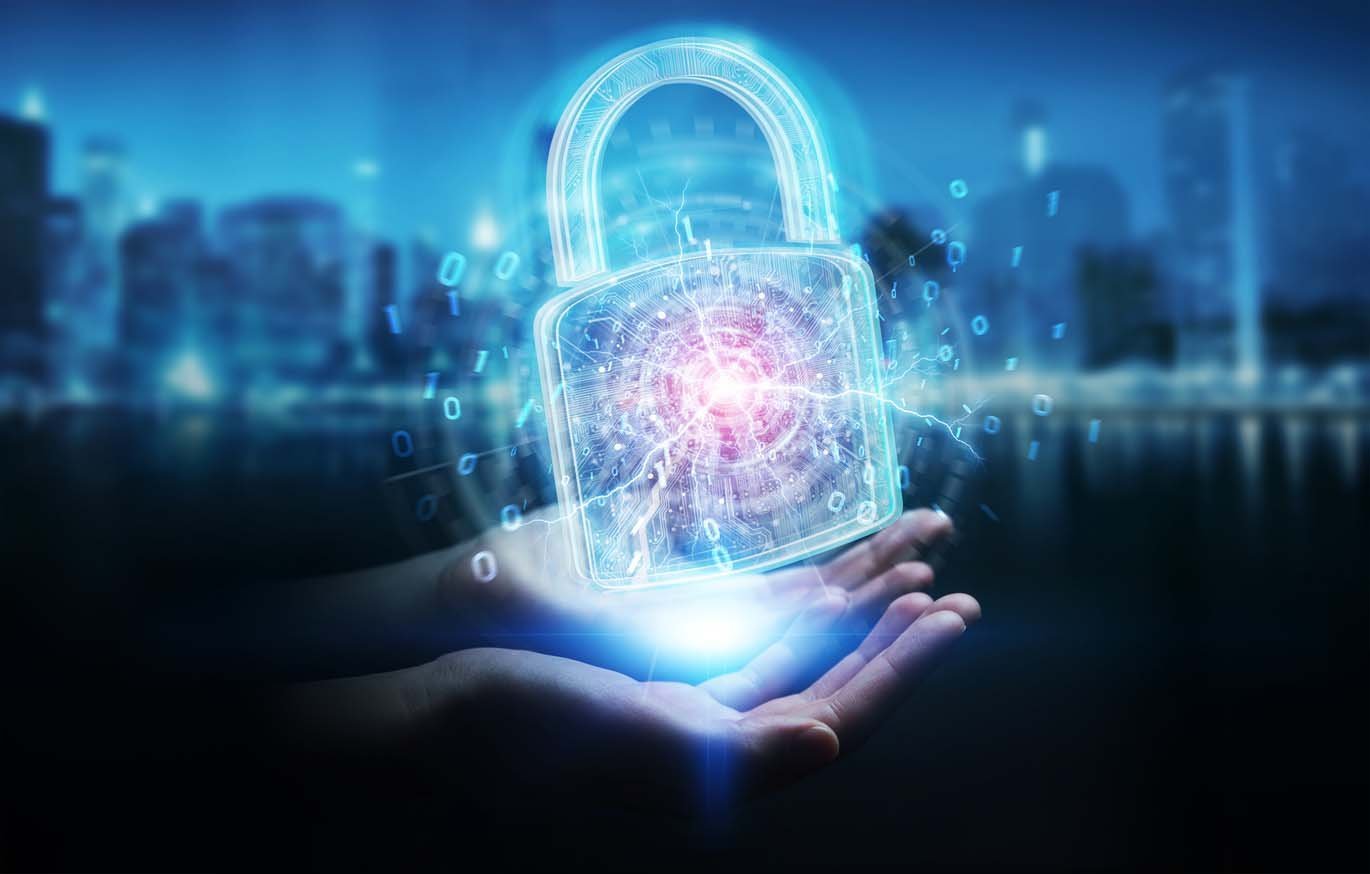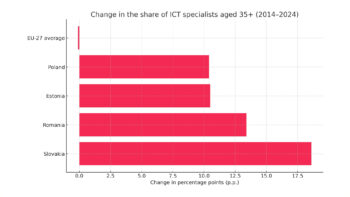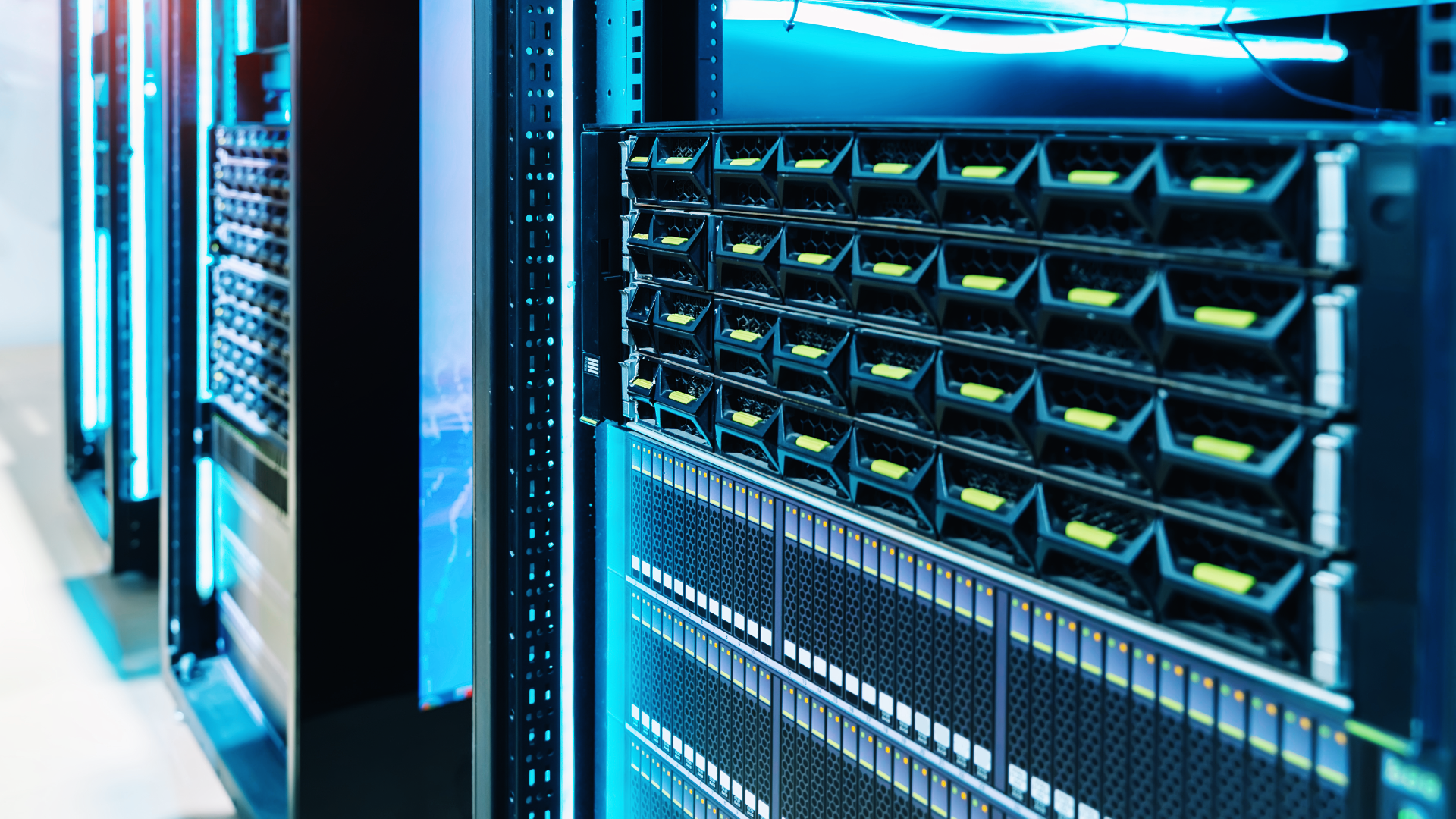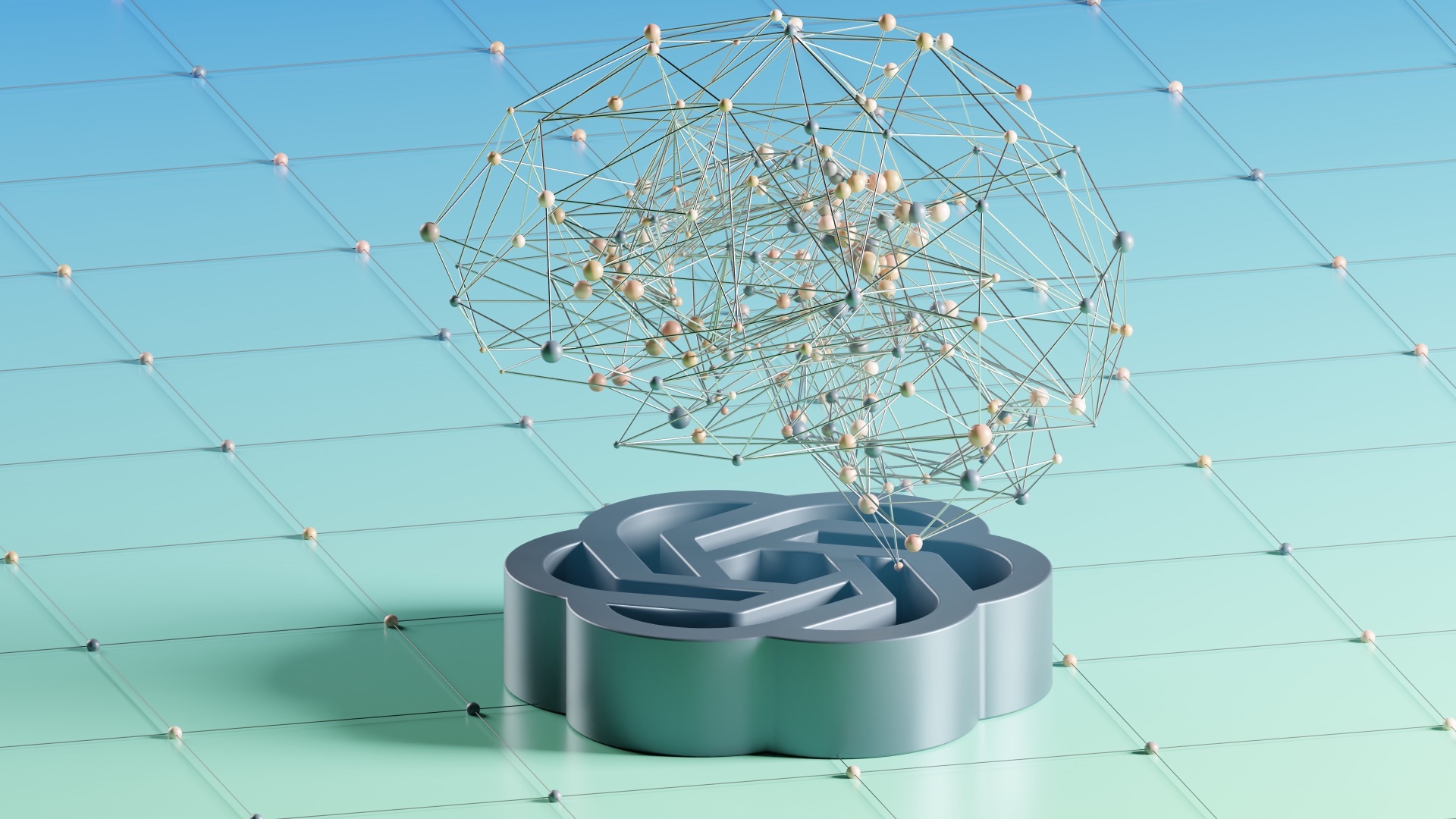Experts from research companies dealing with the topic of cyber security agree: the threat of cyber attacks has recently increased exponentially in Poland. The target of hackers is primarily the state’s critical infrastructure, but private companies are increasingly falling prey to criminals. Data for 2021 shows that almost 70 per cent of companies in Poland have recorded at least one incident involving a security breach.
So what can you do to effectively protect your company’s data? We asked one of the specialists in the enterprise department at Action Business Center – Jakub Staniec – for the answer.
Brandsit: Before we get to the answer to this question, however, it is worth realising that backup is not only about direct data protection, but more importantly about…
Jakub Staniec, Business Development Manager at ACTION S.A.: First and foremost, protection against paralysis of the company as a result of deletion, damage or failure of critical infrastructure. The task of backup from the point of view of security is therefore to ensure business continuity and the possibility of emergency recovery of IT systems, i.e. ensuring the operation of the organisation as a result of a hacking attack. We need to be aware of this. After all, at the time of a cyber-attack, there can be huge material and immaterial damage to a company. This is why proper backup is so important.
Brandsit: Which attack model is dominant today?
J.S.: One of the more popular methods of attack is ransomware, i.e. blocking access to data or encrypting information. Regaining access is only possible by paying a ransom or by opening the data just from the data through an effective backup.
Brandsit: What do we need to do to introduce such a backup?
J.S.: Firstly, whether you want to back up company or private data, you need to remember the golden rule of 3-2-1. It says that it is best to store your critical files in 3 copies, on at least 2 different media, 1 of which should be off-site, e.g. in the cloud, but with an encrypted access code. Appropriate hardware and software is needed to implement such a policy. NAS servers – Qnap or Synology – can be used to create such an infrastructure. Another solution is Western Digital Jbodies, which are bundled with servers as a controller. Actina servers can also be used as backup devices. However, today we would like to focus on the basic components that are necessary for each of the above-mentioned devices, namely HDD or SSD drives. The simplest form that any user can use to protect their data is to create a group of disks in a RAID, such as RAID 1 that works on the principle of mirroring (a 1:1 copy with the base disk). However, remember that the absolute minimum is to have two copies of the data on two different devices. We can therefore additionally make copies to SATA HDDs. We offer Western Digital Red, Red Pro and Ultrastar series drives for such solutions. And the Seagate brand, whose products we also carry, offers Iron Wolf, Iron Wolf pro and Exos drives. For SAS drives, these will be Western Digital Ultrastar and Seagate Exos respectively. When it comes to enterprise SSDs there are plenty of options. The most popular on the market are: Samsung (PM893, PM897, PM9A3, PM1643a). Micron (5400 PRO, 5400 MAX, 7450 PRO), Western Digital (SN640, SN650, SN840), Kingston (DC500M), Intel/Solidigm (S4520, S4620).
Brandsit: As I understand it, all the products mentioned can be found in ACTION S.A.’s B2B offering?
J.S.: Yes, we try to make sure that the customer has a lot to choose from, because as you can see there are many possibilities.
Brandsit: How else can you help?
J.S.: Because of the multitude of possibilities and combinations, we can help select the optimal solution to meet the needs of virtually any customer. When it comes to HDD solutions, we will tailor a solution to meet today’s expectations and future expandability. With SSDs, on the other hand, we try to select the right complete solution from the outset, as not everyone is aware that the warranty for all SSDs is for a specific period of time or number of terabytes of data written (TBW). Therefore, the price of SSDs is linked to the number of daily writes (DWPD), which translates into TBW and the price of the product itself.
Brandsit: Thank you very much for the interview.
J.S.: So do I, and I invite all existing and new B2B customers to visit our department in the Action Business Centre, where we are happy to advise on backup, but also on other topics related to corporate IT support – from hardware selection to software, all according to innovative, proven solutions, and at competitive prices.













